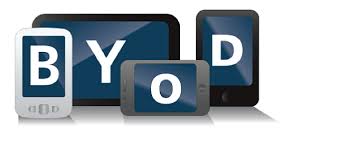The consumerisation of technology was to be solved by two mega trends: BYOD and gamification. If we could exploit these two things then every person in every organisation would become an IT super user overnight and we could even do away with some of service needs by being reliant on the fact that IT was owned by the personality of the organisation. Five years later, many BYOD strategies were written but we still see two mobile phones in the hands of most management teams, particularly in the public sector where the idea of BYOD was just too hard. As for gamification, we see it more and more appearing in how consumers are persuaded to be part of a collective but it still hasn’t quite changed the thinking of many delivery functions.
But that is changing. Take my area, health. BYOD to the monitoring of your health and wellbeing is here now, an explosion waiting to really happen. When one adds the gamification of those devices, the fitness regime as a competition really will start to alter the way health and preventative health in particular is handled. Never before have we seen a series of technology expressed trends come together to begin a revolution in one area:
BYOD – The patient has their own device and is willing to use it to capture fitness data, monitor long term conditions, and provide real time updates.
Wearables – The patient wants to be able to leave the confines of healthcare delivery, move around and still know they are getting well or staying fit. Wearables, whomever pays for them, will get the patient out of the care setting sooner, safer and more efficiently.
Analytics – The ability for complex medical data to be understandable to non-medics is here and on your own device. The amount of apps for health is huge and all with some analytics capability making the concept of BYOD to your own healthcare even more appealing.
If we consider the next stage in the BYOD to be COPE (Corporately Owned Personally Enabled) and apply this to health and the availability of prescribed devices that allow the patient to turn the delivery of health and wellbeing activities into a competitive, gamified process, then maybe this will become the next frontier.
